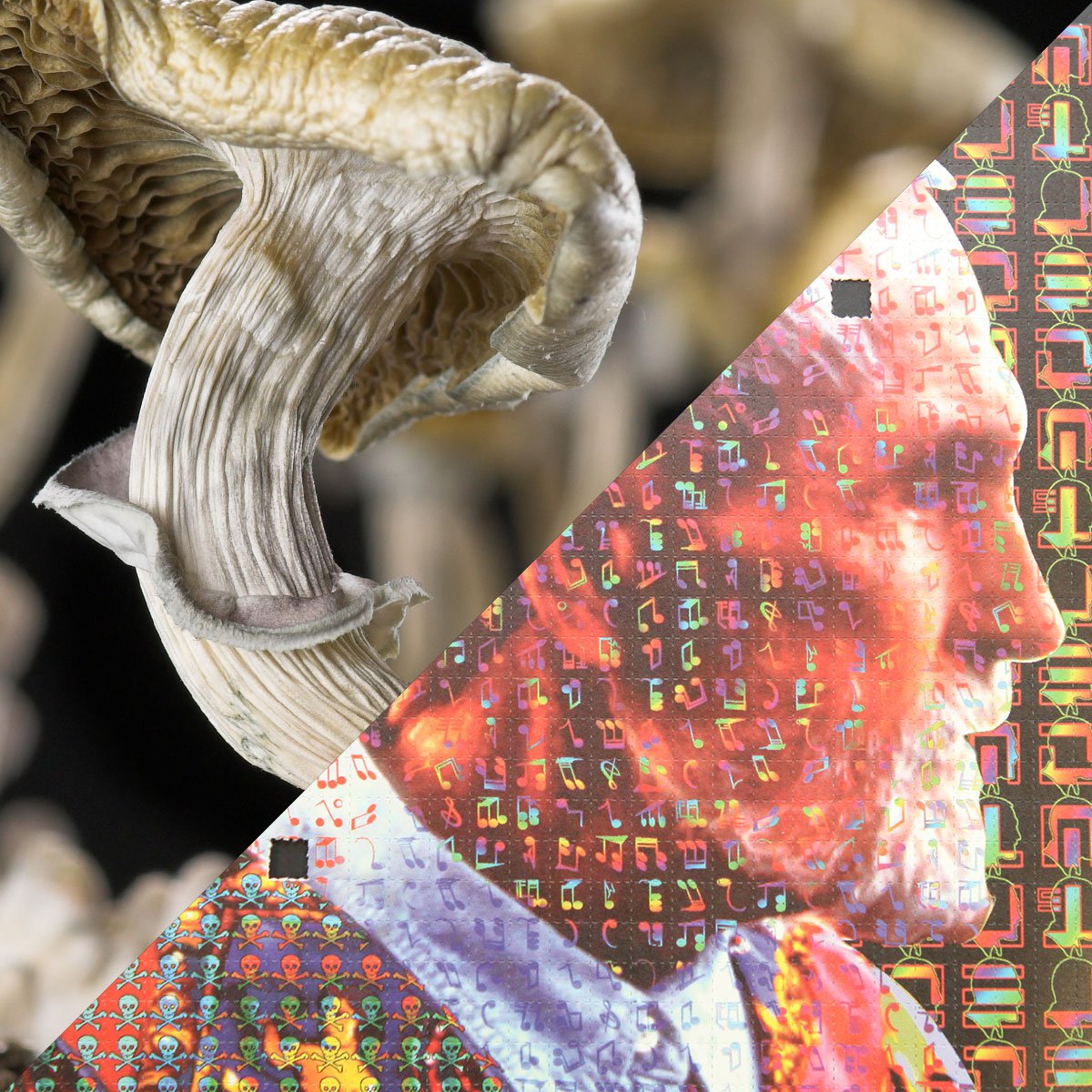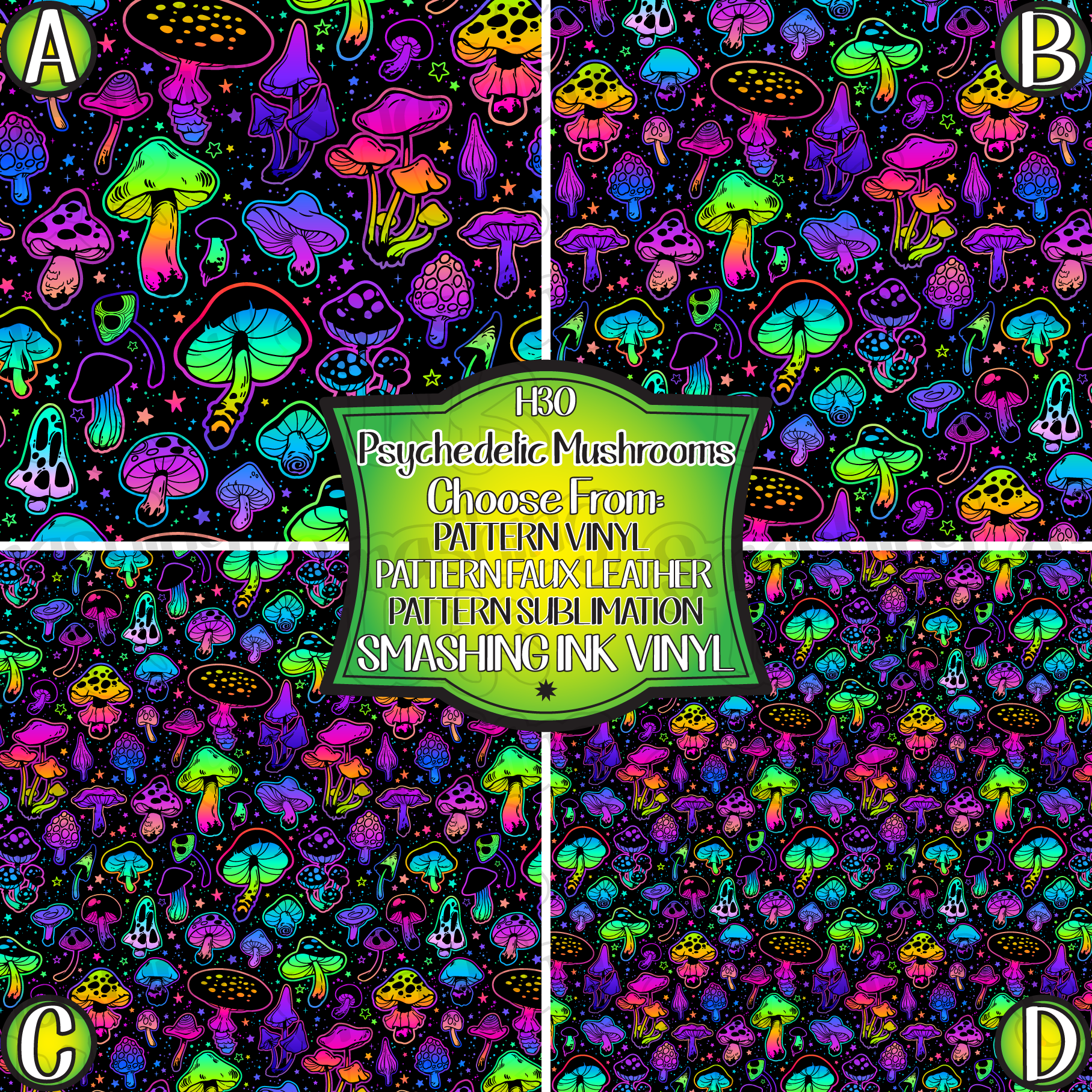Dive Deep About Golden Psycho and Its Appeal.
All About Psychotomimetic Compounds: Their Duty in Psychological Research
Psychotomimetic substances, such as LSD and psilocybin, have actually gathered enhancing interest in emotional study for their capability to duplicate psychotic symptoms and provide insight into different psychological health and wellness disorders. Their communications within the mind, particularly via serotonin and dopamine paths, suggest a complex relationship in between awareness and neurobiology that might open novel healing opportunities. As researchers proceed to examine their possible applications, moral factors to consider surrounding their use in scientific settings end up being critical, increasing vital questions concerning safety and security and informed permission that necessitate additional exploration.
Interpretation of Psychotomimetic Compounds
In the realm of psychological research study, psychotomimetic compounds are materials that can generate impacts resembling those of psychosis, such as hallucinations, misconceptions, and modified assumptions of fact - About Golden Psycho. These compounds can be classified into various groups, consisting of hallucinogens, dissociatives, and specific stimulants, each producing distinct emotional impacts
The medicinal action of psychotomimetic compounds frequently involves modulation of neurotransmitter systems, especially those pertaining to serotonin, dopamine, and glutamate. Compounds like lysergic acid diethylamide (LSD) primarily act on serotonin receptors, leading to extensive modifications in sensory perception and cognition.
The energy of psychotomimetics in research depends on their ability to simulate psychotic symptoms, supplying a design for recognizing the underlying systems of psychotic problems such as schizophrenia. By researching the effects of these substances, scientists can obtain insights right into the neurobiological and psychological processes that contribute to psychosis.
In addition, psychotomimetic substances have been explored for their restorative possibility in treating various mental health and wellness conditions, consisting of clinical depression and anxiety, highlighting their double duty in both research and prospective medical applications.
Historical Development and Context
The expedition of psychotomimetic compounds has an abundant historic context that dates back to ancient worlds, where materials such as psilocybin mushrooms and peyote were made use of in spiritual and healing practices. These very early uses frequently intertwined with religious rituals, suggesting a profound respect for the altered states of consciousness generated by these compounds.
The mid-20th century marked a considerable pivotal moment in the research of psychotomimetic substances, specifically with the synthesis of LSD by Albert Hofmann in 1938. The succeeding popularization of LSD in the 1960s catalyzed a wave of interest in both its emotional impacts and prospective healing applications. Researchers began to check out how these substances can resemble psychotic states, supplying understandings into mental disease.
Nonetheless, the increasing association of psychotomimetics with counterculture activities resulted in regulatory reaction, culminating in the criminalization of a number of these compounds. Despite these challenges, the rebirth of rate of interest in the healing capacity of psychedelics in the 21st century has actually triggered restored research study. This historic Get More Information trajectory underscores the advancing understanding of psychotomimetic substances, changing from sacred materials to topics of scientific questions and, possibly, therapeutic promise.
Systems of Activity
Recognizing the systems of action of psychotomimetic substances reveals the complex methods these substances communicate with the brain's neurochemistry. These compounds mainly apply their impacts with inflection of natural chemical systems, particularly serotonin, dopamine, and glutamate.
Along with serotonin, dopaminergic paths are substantially affected by compounds like mescaline and specific cannabinoids, which can cause modified states of consciousness and changes in state of mind and inspiration. The NMDA receptor antagonism observed with compounds like ketamine highlights another path through which psychotomimetics may generate dissociative states and extensive alterations in thought procedures.
The neurochemical cascades launched by these communications lead to complex and complex mental results. Comprehending these mechanisms is vital for both the innovation of psychological research study and the therapeutic capacity of psychotomimetic compounds, as they give understandings into the underlying neural correlates of modified states of awareness.
Current Research Study and Applications
Recent examinations into psychotomimetic substances have revealed a rebirth of interest in their healing applications, particularly in the fields of psychiatry and psychology. Scientists have begun discovering substances such as psilocybin, LSD, and ayahuasca for their prospective to relieve signs and symptoms connected with various mental wellness conditions, including clinical depression, stress and anxiety, and PTSD.
Professional trials have actually shown that, when administered in controlled settings, these compounds can promote extensive emotional experiences, advertising psychological innovations and improved restorative outcomes. Studies have revealed that psilocybin-assisted treatment can lead to considerable reductions in treatment-resistant depression, with results lasting for a number of months post-treatment.
Additionally, psychotomimetic compounds are being evaluated for their capacity to cultivate neuroplasticity, possibly enabling even more efficient rewiring of maladaptive thought patterns. These searchings for suggest that such compounds might act as adjuncts to traditional psychotherapeutic methods, improving the try this website effectiveness of healing treatments.
As research proceeds, the focus is moving in the direction of recognizing the ideal does, therapeutic settings, and individual features that can optimize the advantages of these substances. This burgeoning area holds assurance for transforming psychological wellness therapy paradigms and resolving the constraints of conventional psychological drugs.
Moral Considerations in Research

Navigating the ethical landscape of research involving psychotomimetic substances is critical to making certain participant safety and the honesty of research study outcomes. Researchers must look here focus on educated approval, making certain that participants totally comprehend the prospective threats and benefits connected with the compounds being researched. This includes giving in-depth information about possible emotional impacts, consisting of severe and lasting effects, and allowing participants the possibility to withdraw from the research study any time without fine.
In addition, moral oversight by institutional review boards (IRBs) is important. IRBs assess research procedures to guard individual well-being and support ethical criteria. This analysis helps reduce risks and ensures that researches are performed with clinical rigor. Additionally, the possibility for coercion have to be very carefully evaluated, specifically when susceptible populaces are included.
Confidentiality is another vital factor to consider. Scientists have to implement durable actions to protect participants' identities and data, particularly offered the delicate nature of experiences connected with psychotomimetic compounds (About Golden Psycho). Ultimately, a dedication to moral methods not only cultivates trust fund between scientists and participants yet likewise enhances the reputation and validity of the research outcomes, adding to the development of mental knowledge

Final Thought
In final thought, psychotomimetic compounds, particularly classic psychedelics such as LSD and psilocybin, deal substantial understandings right into mental disorders via their one-of-a-kind systems of action. Their therapeutic capacity in addressing conditions like stress and anxiety and PTSD emphasizes the value of continued research in this area. Making sure ethical criteria in research study practices is vital for individual security and educated approval, permitting for a responsible exploration of these compounds' advantages and effects within emotional scientific research.